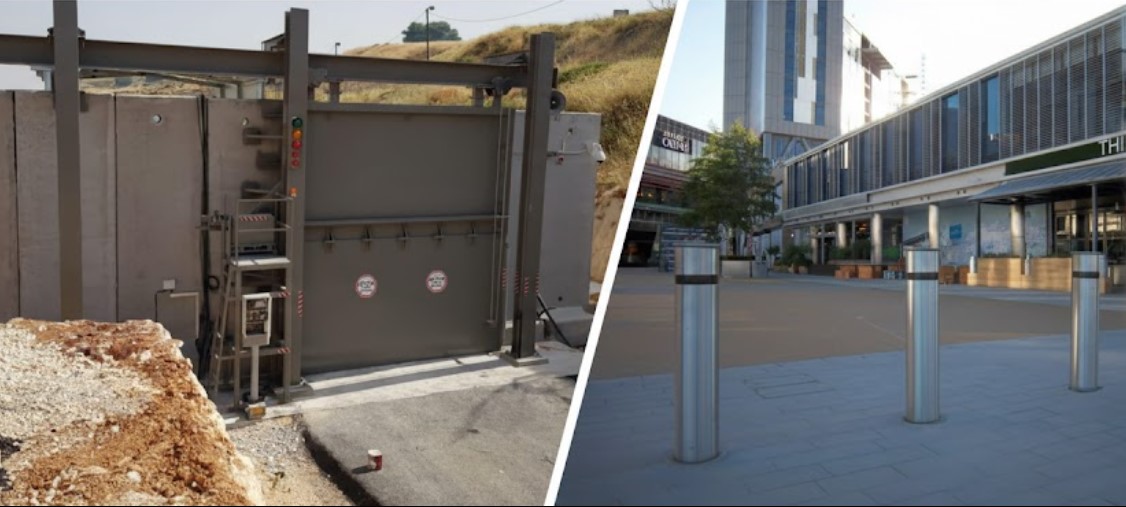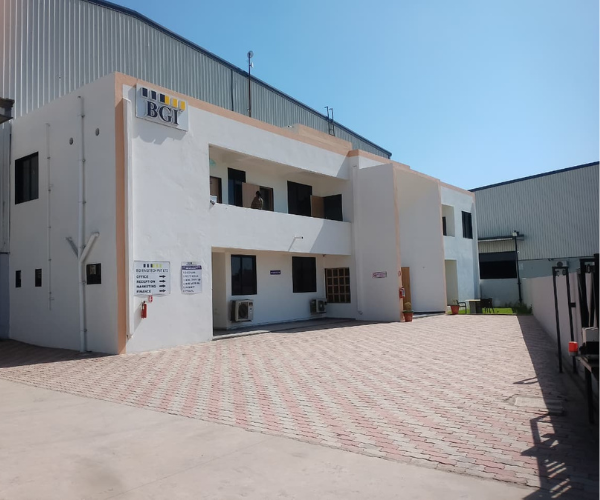
Overview
Automated perimeter gates offer controlled access to vehicle and pedestrian zones. Sliding gates traverse laterally on rails, while swing gates pivot on hinges. Understanding site constraints and operational needs ensures optimal performance.
Space Footprint and Site Requirements
- Sliding Gates: Require lateral clearance equal to gate length; ideal for driveways with ample side room.
- Swing Gates: Need swing radius free of obstructions; suitable for wide-opening entries.
Automated Drive Systems
- Gear Rack Drives: High torque, minimal maintenance—common for sliding applications.
- Worm-Gear Drives: Robust and self-locking—ideal for swing gates without electric brake.
- Belt-Drive Systems: Quiet operation, lower load capacity—budget-friendly.
Operational Speed and Noise Considerations
- Sliding gates can open at up to 15 m/min; swing gates typically operate at 8–10 m/min.
- Belt drives produce less noise (<50 dB), critical near residential areas.
Estimated Cost Breakdown
| Component | Sliding Gate (₹) | Swing Gate (₹) |
| Gate Leaf & Frame | 120,000 | 80,000 |
| Drive System | 50,000 | 35,000 |
| Installation & Wiring | 40,000 | 30,000 |
| Control Panel | 25,000 | 25,000 |
| Total | 235,000 | 170,000 |
Real-World Example: TCS’s Sliding Gate Upgrade
TCS replaced its aging swing gates with automated sliding gates featuring a gear-rack drive and remote diagnostics—halving maintenance costs and reducing cycle time by 30%.








